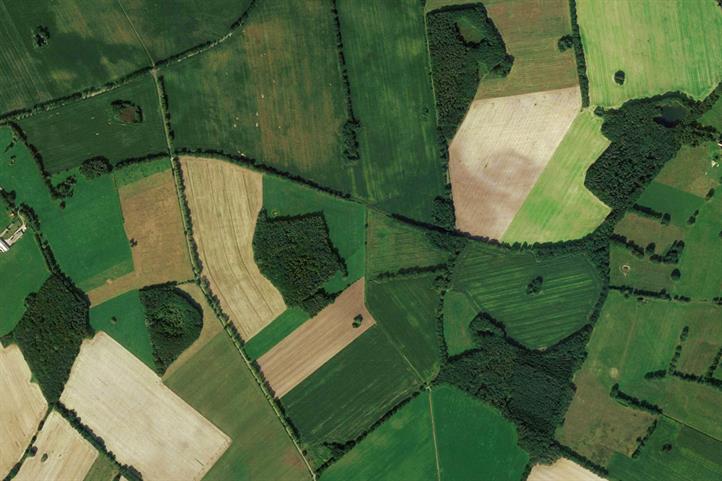Press Release

Many forest herbs reproduce vegetatively through belowground organs, such as their root system, and thus persist for many decades. However, it is unclear how their genetic exchange occurs in spatially separated forest patches. In the “Landscape genetics of insect-pollinated forest herbs in changing agricultural landscapes” project, funded by the German Research Foundation (DFG), the Leibniz Centre for Agricultural Landscape Research (ZALF) and the Senckenberg German Entomological Institute (SDEI) are investigating the genetic relationship between spatially separated groups of forest herbs of the same species. Particular emphasis is placed on the role of various species of insects that pollinate the plants and thereby transport genetic information. It is unclear how far they travel and what the role of the so-called agricultural landscape matrix is, i. e. the agricultural area between the forest patches used for farming.
For three years from now, the research group, using the example of three forest herb species and their interaction with one species of bumblebee and one species of hoverfly, will have the chance to study the contribution made by insects to the genetic exchange between “isolated” populations. “We assume that bumblebees forage over considerably greater distances and are constantly crossing the agricultural matrix. In this way, they are able to generate a greater genetic exchange than the hoverflies, which are highly specialised in forest habitats,” explains Dr. Tobias Naaf, a ZALF expert on the biodiversity of small forest fragments. Nevertheless, it is possible that the diversity of the forest flora, as we still see it today, is not viable in the long term due to habitat loss and fragmentation, says Dr. Naaf. “This makes it all the more important to find out how a specific management of the agricultural matrix can facilitate pollinator movements among the forest herb populations.” International experts on the ground vegetation of temperate forests are working together in the project. Spread across seven different agricultural landscapes in Sweden, Estonia, Northern France, Belgium and Germany, they collect plant samples whose genetic material is then analysed here. The results are exchanged via the FLEUR network, which serves as a communication platform and data transfer point.
www.fleur.ugent.be
The results of the project are not only intended to be published internationally, but should also be made available to regional actors for concrete nature conservation measures. Initial results are expected in the autumn of 2018.
 Press Release as PDF
Press Release as PDF
In brief:
- Effects of the landscape matrix
- Plant-pollinator interaction
- Gene flow in the landscape
Project partners:
- Senckenberg German Entomological Institute (SDEI) Dr. Katja Kramp, Dr. Stephanie Holzhauer
- FLEUR network (www.fleur.urgent.be)
- ZALF Institute of Land Use Systems
Pictures
For downloading the pictures please click on a picture and use the
 icon .
icon .

Forest fragments in the agricultural landscape | Source: © Tobias Naaf / ZALF
